Younger | νεώτερος (neōteros) | Adjective
Etymology and Semantic Analysis The English word ‘younger’ finds its roots in the Old English ‘geongra’, a comparative form of ‘young’, meaning less in age or junior. In the New Testament, the Greek equivalent, ‘νεώτερος’ (neōteros), appears, reflecting a comparative degree of youth or being newer. The semantic range of ‘νεώτερος’ goes beyond just chronological […]
Basil III, Ecumenical Patriarch: The Unseen Educational Reformer
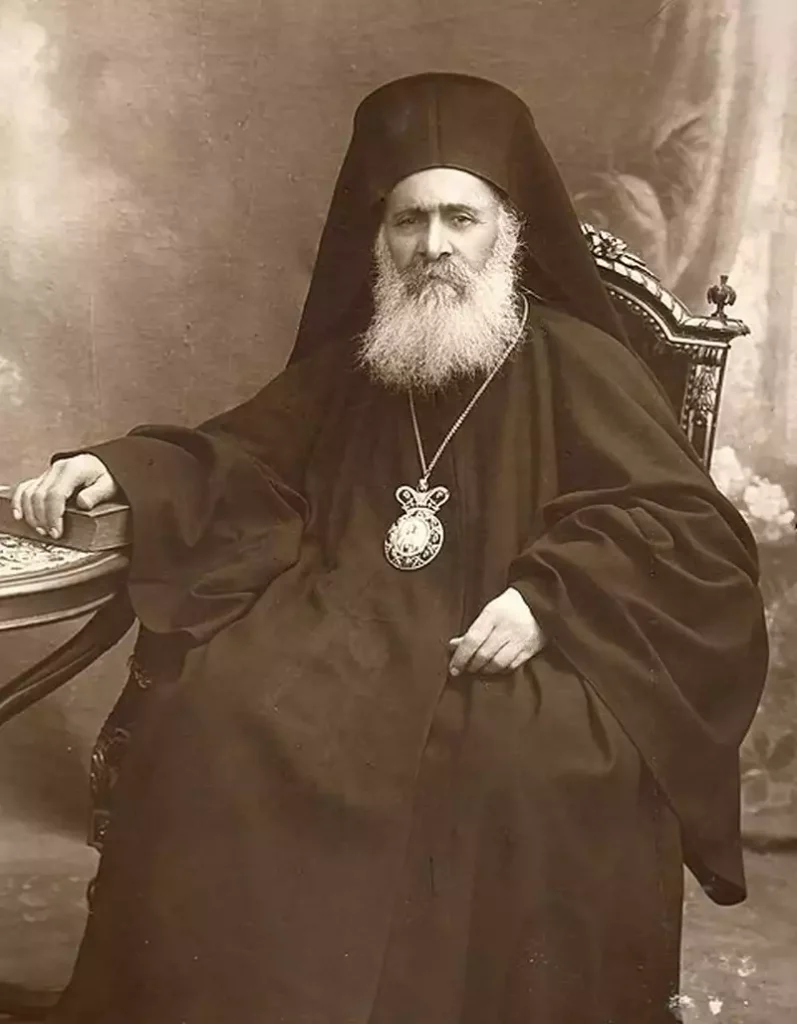
Born in 1846 in Chrysoupoli, near Chalcedon, the life journey of Basil Georgiadis, later known as Patriarch Basil III, was a remarkable tapestry of scholarly pursuit and ecclesiastical leadership. His quest for knowledge began with theology and philology studies at the University of Athens, culminating in his graduation in 1871. His scholarly zeal led him […]
Maximos V, Ecumenical Patriarch: Faith Amidst Adversity

Resilience and Faith Through Turbulent Times Born on October 26, 1897, in Sinop, Black Sea, Ottoman Empire, Ecumenical Patriarch Maximos V (Vaportzis) epitomized a life of unwavering faith and resilience. His journey from a student enduring the disruptions of World War I to an esteemed leader in the Orthodox Christian world is a narrative of […]
Meliton of Chalcedon, Metropolitan | Shaping Modern Orthodoxy
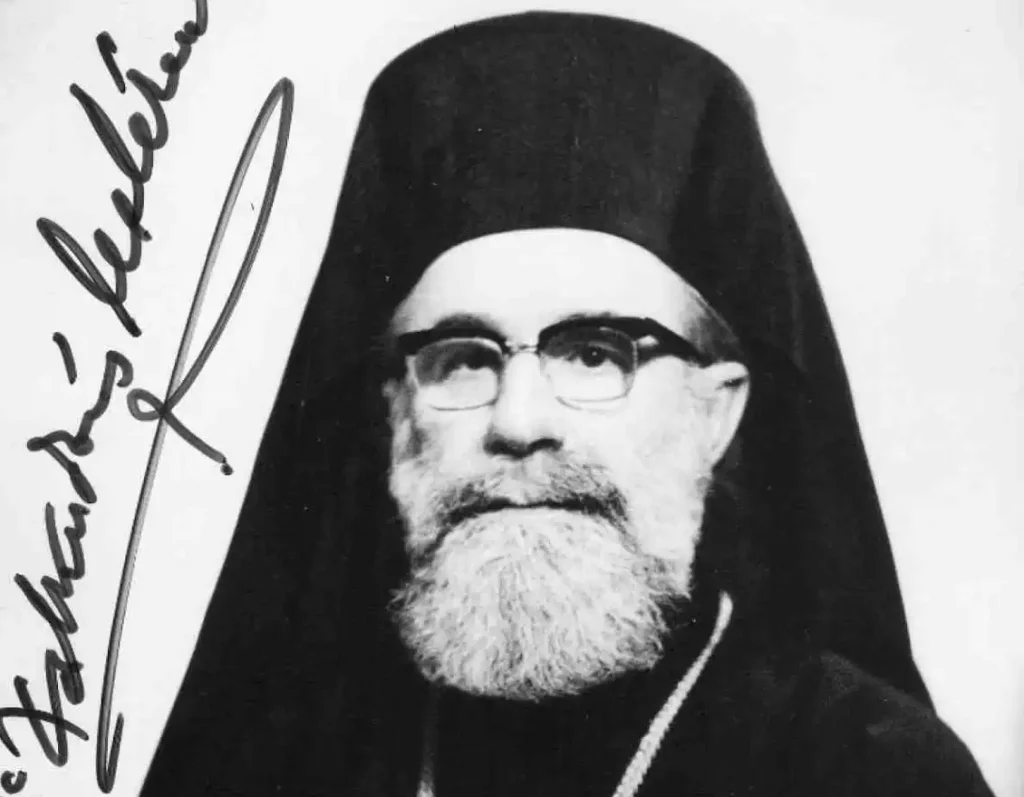
Tracing the Epochal Journey of a Pioneering Ecumenical Figure Born in the heart of Constantinople in 1913, His Eminence Metropolitan Meliton of Chalcedon, secularly known as Sotirios Hatzis, emerged as a pivotal figure in the Orthodox Christian world. His illustrious journey began with an ordination as a Deacon in 1934 by then Metropolitan Maximos of […]
Niphon II of Constantinople, Saint | Ecumenical Patriarch
Saint Niphon II, esteemed as Patriarch of Constantinople from 1486 to 1488 and again from 1497 to 1498, remains a significant figure in the history of the Eastern Orthodox Church. Born in the mid-15th century and departing this life in 1508, his tenure as patriarch was marked by profound spiritual leadership during a period of […]
Patriarchate of Antioch, Eastern Orthodox
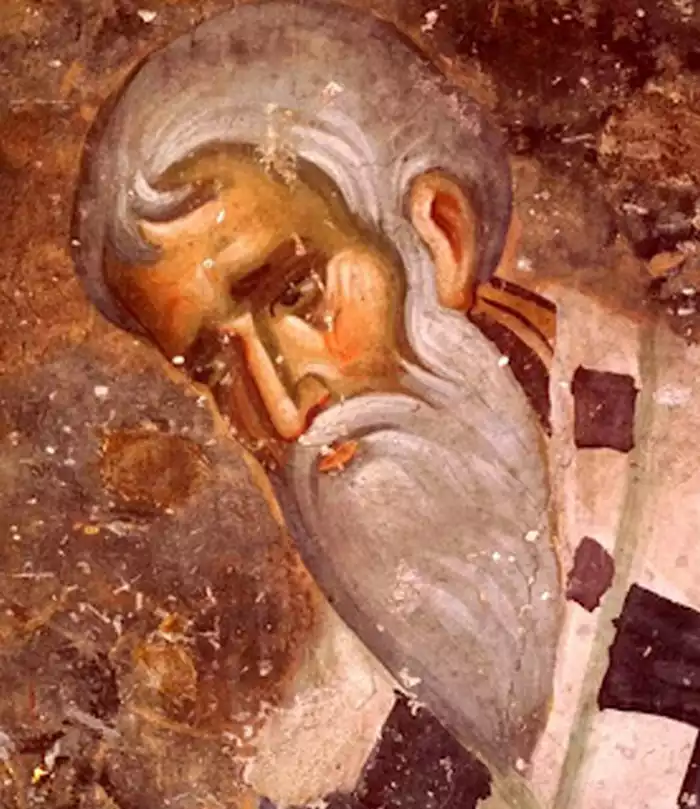
The Eastern Orthodox Patriarchate of Antioch, one of the ancient Pentarchy’s five sees, holds a pivotal position in the history and development of Eastern Orthodox Christianity. Established in the early Christian era, the Patriarchate has a rich and complex history, deeply interwoven with the cultural and religious evolution of the Near East. Origins and Early […]
Saint Peter | Apostle and First Pope
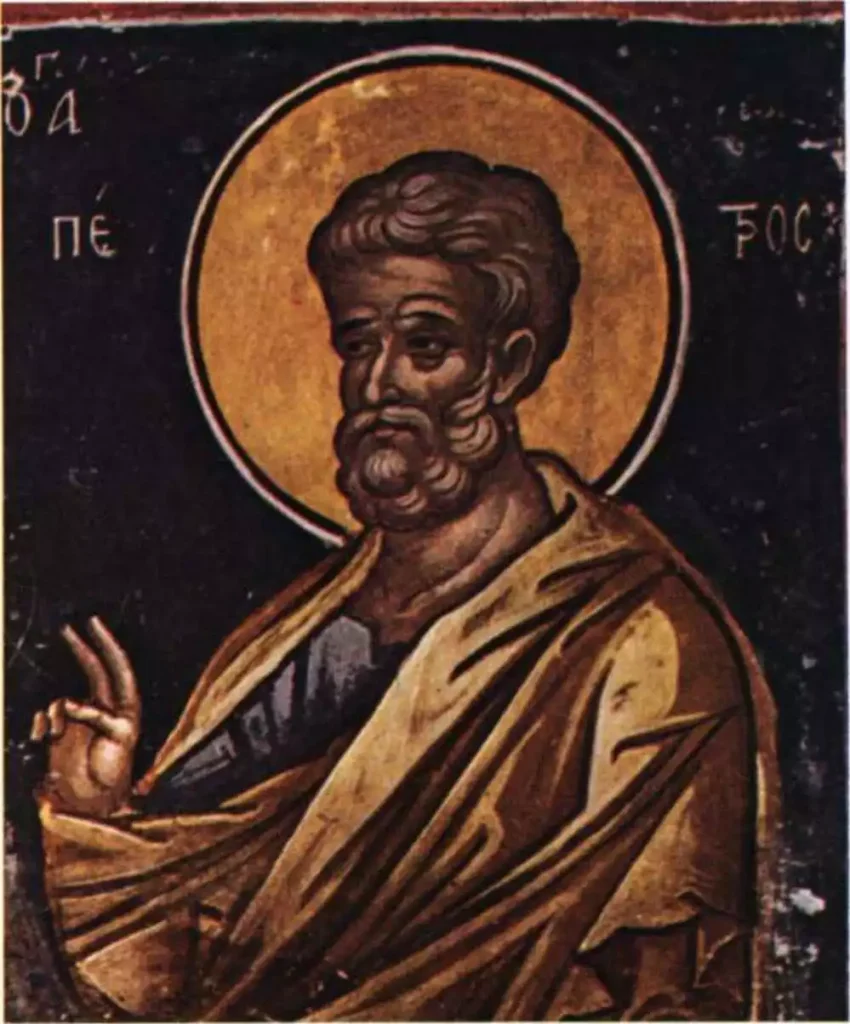
Saint Peter, born Simon, stands as a central figure in Christian history, revered as the first Pope and a principal apostle of Jesus Christ. His life, spanning from approximately 1 BC to 64-68 AD, marks a pivotal era in the nascent days of Christianity. Known for his unwavering faith and leadership, Peter’s journey from a […]
Stephen IV, Pope | Influence on Frankish Kingdom
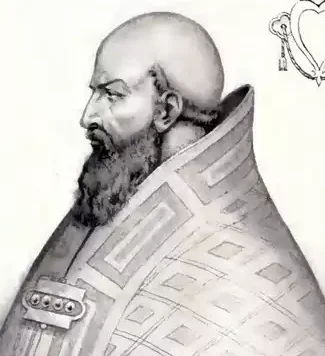
Pope Stephen IV, born in 770 and departing in 817, served as the Bishop of Rome and thus the head of the Catholic Church. His papacy, commencing in 816 and concluding with his demise in 817, was notably brief but impactful, particularly due to his significant interactions with the Frankish kingdom. This pivotal period in […]
Patriarchates: Definition and Historical Overview
A patriarchate, derived from the Greek words ‘patria’ (lineage or clan) and ‘archein’ (to rule), historically signifies a religious jurisdiction led by a patriarch. Originally, this term was confined to Christianity, particularly within the Eastern Orthodox, Oriental Orthodox, and certain Eastern Catholic Churches. In the early church, a patriarch was a respected bishop who exercised […]
Adrian II – Pope
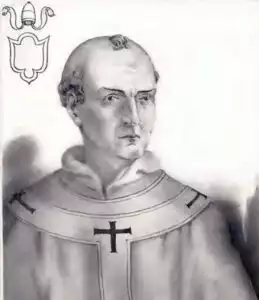
Pope Adrian II, born in Rome around 792 and passing in 872, served as the head of the Catholic Church and ruler of the Papal States from 867 until his death. Not canonized as a saint, Adrian II’s pontificate was marked by significant ecclesiastical and political developments, reflecting a period of considerable turmoil and transition […]
